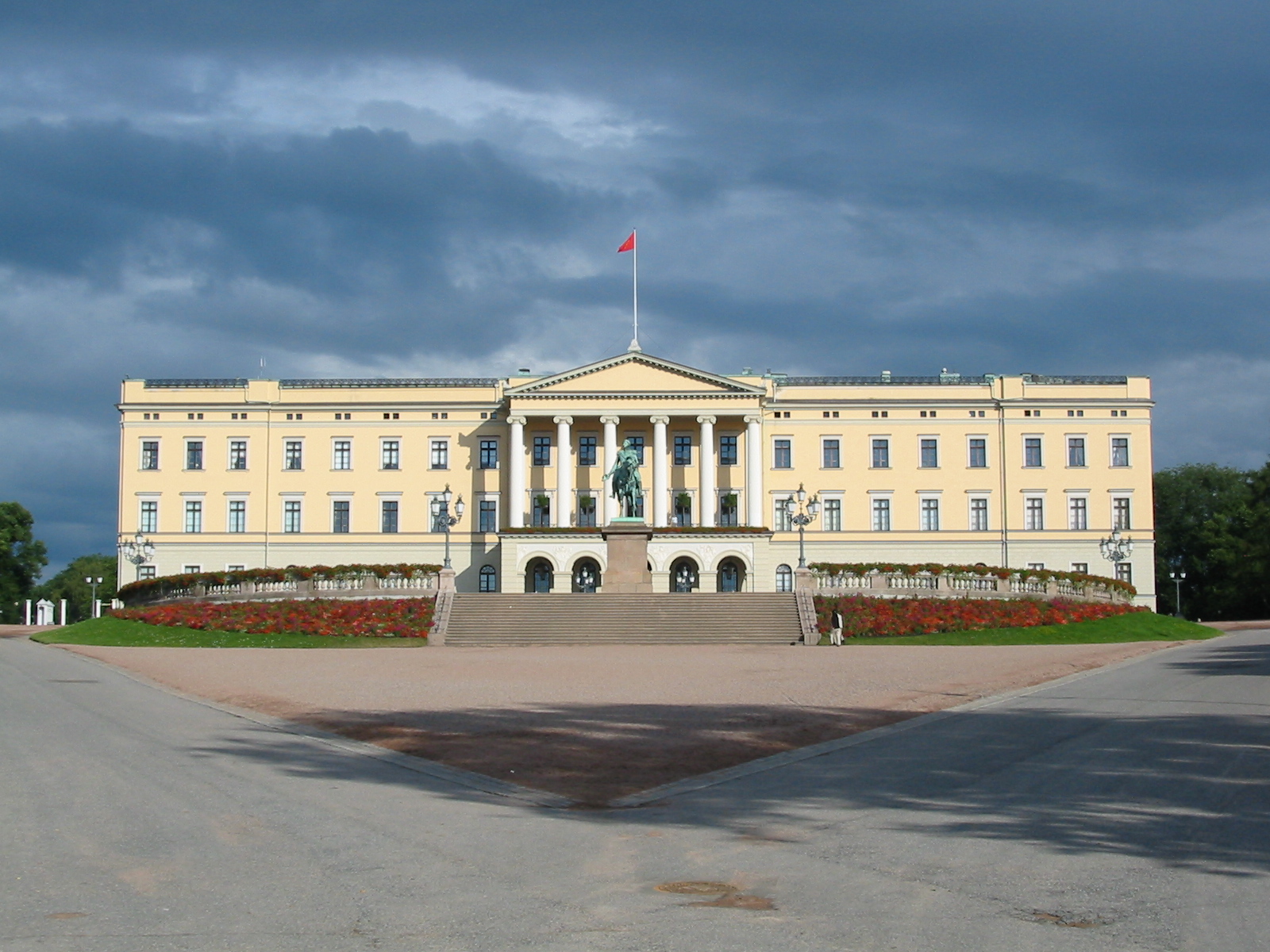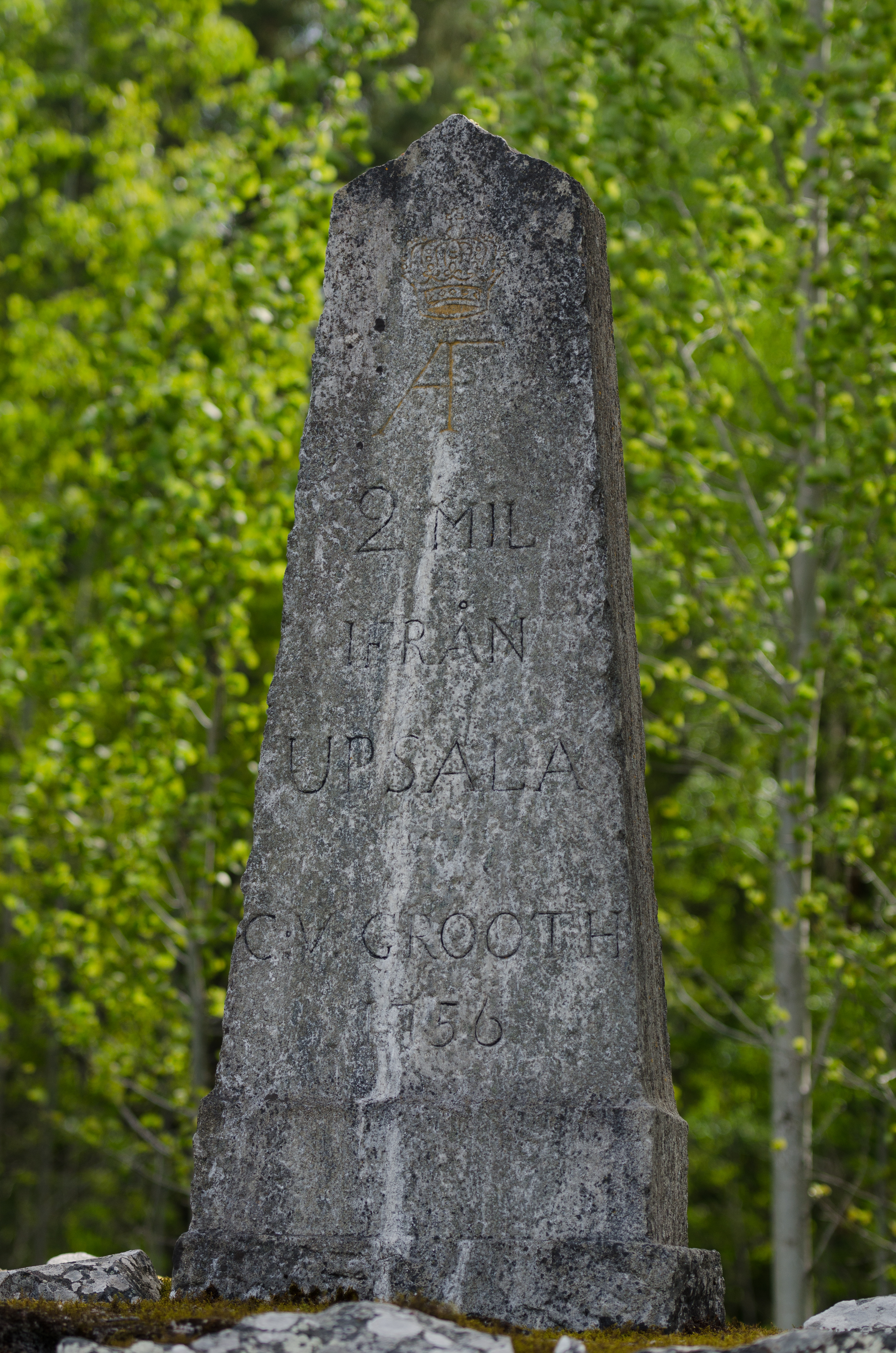|
Norwegian Parliament's Adoption Of The Metric System
The Storting, Norwegian Parliament's (Storting's) acceptance of the Metre Convention, meter convention is regarded as the quickest decision by the Storting in peacetime. * Norway signed the metre convention in Paris 20 May 1875. * Eight days before the convention was ready, the Storting unanimously decided on 12 May 1875 that Norway would join the meter convention. * The meter convention was ratified by Norwegian royal resolution the 22 May 1875, and the metric system thus went into effective Norwegian law two days after the convention had been concluded. Introduction of the SI system in Norway In 1683, Norway was in Denmark–Norway, union with Denmark and standardized on a common measurement system with Denmark, but old Norwegian measurements continued to be used locally in Norway. After the union ended in 1814, the Norwegian professor and director for geographic measurements Christopher Hansteen asserted that it was inconvenient having to travel to Copenhagen in Denmark to ca ... [...More Info...] [...Related Items...] OR: [Wikipedia] [Google] [Baidu] |
Storting
The Storting ( no, Stortinget ) (lit. the Great Thing) is the supreme legislature of Norway, established in 1814 by the Constitution of Norway. It is located in Oslo. The unicameral parliament has 169 members and is elected every four years based on party-list proportional representation in nineteen multi-seat constituencies. A member of Stortinget is known in Norwegian as a ''stortingsrepresentant'', literally "Storting representative". The assembly is led by a president and, since 2009, five vice presidents: the presidium. The members are allocated to twelve standing committees as well as four procedural committees. Three ombudsmen are directly subordinate to parliament: the Parliamentary Intelligence Oversight Committee and the Office of the Auditor General. Parliamentarianism was established in 1884, with the Storting operating a form of "qualified unicameralism", in which it divided its membership into two internal chambers making Norway a de facto bicameral parliament ... [...More Info...] [...Related Items...] OR: [Wikipedia] [Google] [Baidu] |
Council Of State (Norway)
The Council of State (Norwegian: ''Statsrådet''), is a formal body composed of the most senior government ministers chosen by the Prime Minister, and functions as the collective decision-making organ constituting the executive branch of the Kingdom. The council simultaneously plays the role of privy council as well as government Cabinet. With the exception of the Prime Minister and the Minister of Foreign Affairs, who retain their ministerial ranking in their own right, all the other members of the Cabinet concurrently hold the position of ''statsråd'', meaning Councillor of State, and that of Chief of the various departments, not formally being considered 'ministers', although commonly addressed as such. The Cabinet normally convenes every week, usually on Fridays at 11:00 a.m. at the Royal Palace, Oslo, and is presided over by the Monarch. Constitutional basis Under the 1814 Constitution of Norway, the third-oldest national Constitution still in operation (after the con ... [...More Info...] [...Related Items...] OR: [Wikipedia] [Google] [Baidu] |
Scandinavian Mile
A Scandinavian mile (Norwegian and sv, mil, [], like "meal") is a unit of length common in Norway and Sweden, but not Denmark. Today, it is standardised as 1 being , but it had different values in the past. The word is derived from the same Roman source as the English mile. In Norway and Sweden, the international mile is formally called "English mile" (), although it is generally just referred to by the English word ''mile''. However, in situations where confusion may arise it is more common for Scandinavians to describe distances in terms of the official SI unit kilometre. This modern definition of 10 kilometres (km) is equivalent to the obsolete myriametre, which was once used in France. History In Norway and Sweden, the old "land mile" or "long mile" was 36,000 feet: because of the different definitions of foot then in use; in Norway this was and in Sweden . There was also a ('forest mile') that was half as long as the normal '. i.e. a bit over , and equal to an even ... [...More Info...] [...Related Items...] OR: [Wikipedia] [Google] [Baidu] |
Norwegian Units Of Measurement
As in the case of the Danes the Norwegians' earliest standards of measure can be derived from their ship burials. The 60-Norwegian-feet-long Kvalsund ship (18.8 m; 61.8 ft) was built ca. 700 AD and differs from the Danish boats less than it does from the Oseberg, Gokstad and Tune ships which all date from ca. 800 AD. Thwarts are typically spaced about 3 Norwegian feet (0.94 m; 3.1 ft) apart. In 1541, an ''alen'' in Denmark and Norway was defined by law to be the Sjælland ''alen''. Subsequently, the ''alen'' was defined by law as 2 Rhine feet from 1683. From 1824, the basic unit was defined as a ''fot'' being derived from astronomy as the length of a one-second pendulum times 12/38 at a latitude of 45°. The metric system was introduced in Norway in 1875, with Norway being one of the original signatories of the meter convention. Length * ''skruppel'' – scruple, 1/12 ''linje'' or approx. 0.18 mm. * ''linje'' – line, 1/12 ''tomme'' or appro ... [...More Info...] [...Related Items...] OR: [Wikipedia] [Google] [Baidu] |
Quantum Mechanics
Quantum mechanics is a fundamental theory in physics that provides a description of the physical properties of nature at the scale of atoms and subatomic particles. It is the foundation of all quantum physics including quantum chemistry, quantum field theory, quantum technology, and quantum information science. Classical physics, the collection of theories that existed before the advent of quantum mechanics, describes many aspects of nature at an ordinary (macroscopic) scale, but is not sufficient for describing them at small (atomic and subatomic) scales. Most theories in classical physics can be derived from quantum mechanics as an approximation valid at large (macroscopic) scale. Quantum mechanics differs from classical physics in that energy, momentum, angular momentum, and other quantities of a bound system are restricted to discrete values ( quantization); objects have characteristics of both particles and waves (wave–particle duality); and there are limits to ... [...More Info...] [...Related Items...] OR: [Wikipedia] [Google] [Baidu] |
Theory Of Relativity
The theory of relativity usually encompasses two interrelated theories by Albert Einstein: special relativity and general relativity, proposed and published in 1905 and 1915, respectively. Special relativity applies to all physical phenomena in the absence of gravity. General relativity explains the law of gravitation and its relation to the forces of nature. It applies to the cosmological and astrophysical realm, including astronomy. The theory transformed theoretical physics and astronomy during the 20th century, superseding a 200-year-old Classical mechanics, theory of mechanics created primarily by Isaac Newton. It introduced concepts including 4-dimensional spacetime as a unified entity of space and time in physics, time, relativity of simultaneity, kinematics, kinematic and gravity, gravitational time dilation, and length contraction. In the field of physics, relativity improved the science of elementary particles and their fundamental interactions, along with ushering in ... [...More Info...] [...Related Items...] OR: [Wikipedia] [Google] [Baidu] |
International Bureau Of Weights And Measures
The International Bureau of Weights and Measures (french: Bureau international des poids et mesures, BIPM) is an intergovernmental organisation, through which its 59 member-states act together on measurement standards in four areas: chemistry, ionising radiation, physical metrology, and coordinated universal time. It is based in Saint-Cloud, Paris, France. The organisation has been referred to as IBWM (from its name in English) in older literature. Structure The BIPM is supervised by the International Committee for Weights and Measures (french: Comité international des poids et mesures, CIPM), a committee of eighteen members that meet normally in two sessions per year, which is in turn overseen by the General Conference on Weights and Measures (french: Conférence générale des poids et mesures, CGPM) that meets in Paris usually once every four years, consisting of delegates of the governments of the Member States and observers from the Associates of the CGPM. These organs ... [...More Info...] [...Related Items...] OR: [Wikipedia] [Google] [Baidu] |
Order In Council
An Order-in-Council is a type of legislation in many countries, especially the Commonwealth realms. In the United Kingdom this legislation is formally made in the name of the monarch by and with the advice and consent of the Privy Council ('' King-in-Council''), but in other countries the terminology may vary. The term should not be confused with Order of Council, which is made in the name of the Council without royal assent. Types, usage and terminology Two principal types of Order in Council exist: Orders in Council whereby the King-in-Council exercises the royal prerogative, and Orders in Council made in accordance with an Act of Parliament. In the United Kingdom, orders are formally made in the name of the monarch by the Privy Council ('' King-in-Council or Queen-in-Council''). In Canada, federal Orders in Council are made in the name of the Governor General by the King's Privy Council for Canada; provincial Orders-in-Council are of the Lieutenant-Governor-in-Council by the ... [...More Info...] [...Related Items...] OR: [Wikipedia] [Google] [Baidu] |
De Facto
''De facto'' ( ; , "in fact") describes practices that exist in reality, whether or not they are officially recognized by laws or other formal norms. It is commonly used to refer to what happens in practice, in contrast with ''de jure'' ("by law"), which refers to things that happen according to official law, regardless of whether the practice exists in reality. History In jurisprudence, it mainly means "practiced, but not necessarily defined by law" or "practiced or is valid, but not officially established". Basically, this expression is opposed to the concept of "de jure" (which means "as defined by law") when it comes to law, management or technology (such as standards) in the case of creation, development or application of "without" or "against" instructions, but in accordance with "with practice". When legal situations are discussed, "de jure" means "expressed by law", while "de facto" means action or what is practiced. Similar expressions: "essentially", "unofficial", "in ... [...More Info...] [...Related Items...] OR: [Wikipedia] [Google] [Baidu] |
Municipality
A municipality is usually a single administrative division having corporate status and powers of self-government or jurisdiction as granted by national and regional laws to which it is subordinate. The term ''municipality'' may also mean the governing body of a given municipality. A municipality is a general-purpose administrative subdivision, as opposed to a special-purpose district. The term is derived from French and Latin . The English word ''municipality'' derives from the Latin social contract (derived from a word meaning "duty holders"), referring to the Latin communities that supplied Rome with troops in exchange for their own incorporation into the Roman state (granting Roman citizenship to the inhabitants) while permitting the communities to retain their own local governments (a limited autonomy). A municipality can be any political jurisdiction, from a sovereign state such as the Principality of Monaco, to a small village such as West Hampton Dunes, New York. Th ... [...More Info...] [...Related Items...] OR: [Wikipedia] [Google] [Baidu] |
Metre Convention
The Metre Convention (french: link=no, Convention du Mètre), also known as the Treaty of the Metre, is an international treaty that was signed in Paris on 20 May 1875 by representatives of 17 nations (Argentina, Austria-Hungary, Belgium, Brazil, Denmark, France, Germany, Italy, Peru, Portugal, Russia, Spain, Sweden and Norway, Switzerland, Ottoman Empire, United States of America, and Venezuela). The treaty created the International Bureau of Weights and Measures (BIPM), an intergovernmental organization under the authority of the General Conference on Weights and Measures ( CGPM) and the supervision of the International Committee for Weights and Measures (CIPM), that coordinates international metrology and the development of the metric system. As well as founding the BIPM and laying down the way in which the activities of the BIPM should be financed and managed, the Metre Convention established a permanent organizational structure for member governments to act in common accord ... [...More Info...] [...Related Items...] OR: [Wikipedia] [Google] [Baidu] |




